Urban Agriculture and Food Security in Kakuma Refugee Camp, Kenya
VerifiedAdded on 2023/06/12
|15
|888
|407
Report
AI Summary
This report examines the stabilization of agriculture through urban farming within the Kakuma Refugee Camp in Kenya, focusing on enhancing ecological and social resilience for communities facing adverse conditions. It highlights the benefits of implementing urban agriculture and agroforestry, including improved food security, community growth, and efficient land use. Key stakeholders such as local people, the government, and refugees are identified, and strategies for planning and designing effective urban agriculture programs are discussed, emphasizing strategic frameworks, technology, and local support. The report also addresses potential challenges and the role of the Food Security Cluster in coordinating food security efforts during humanitarian crises. Furthermore, it explores the scale of intervention for growing crops, including suitable technologies and the adoption of various crop species like avocado. Ultimately, the report concludes that urban agriculture can empower residents of Kakuma Refugee Camp to earn a livelihood and contribute to local markets, offering a pathway to overcome food insecurity, as supported by initiatives from UNHCR and WFP.
1 out of 15

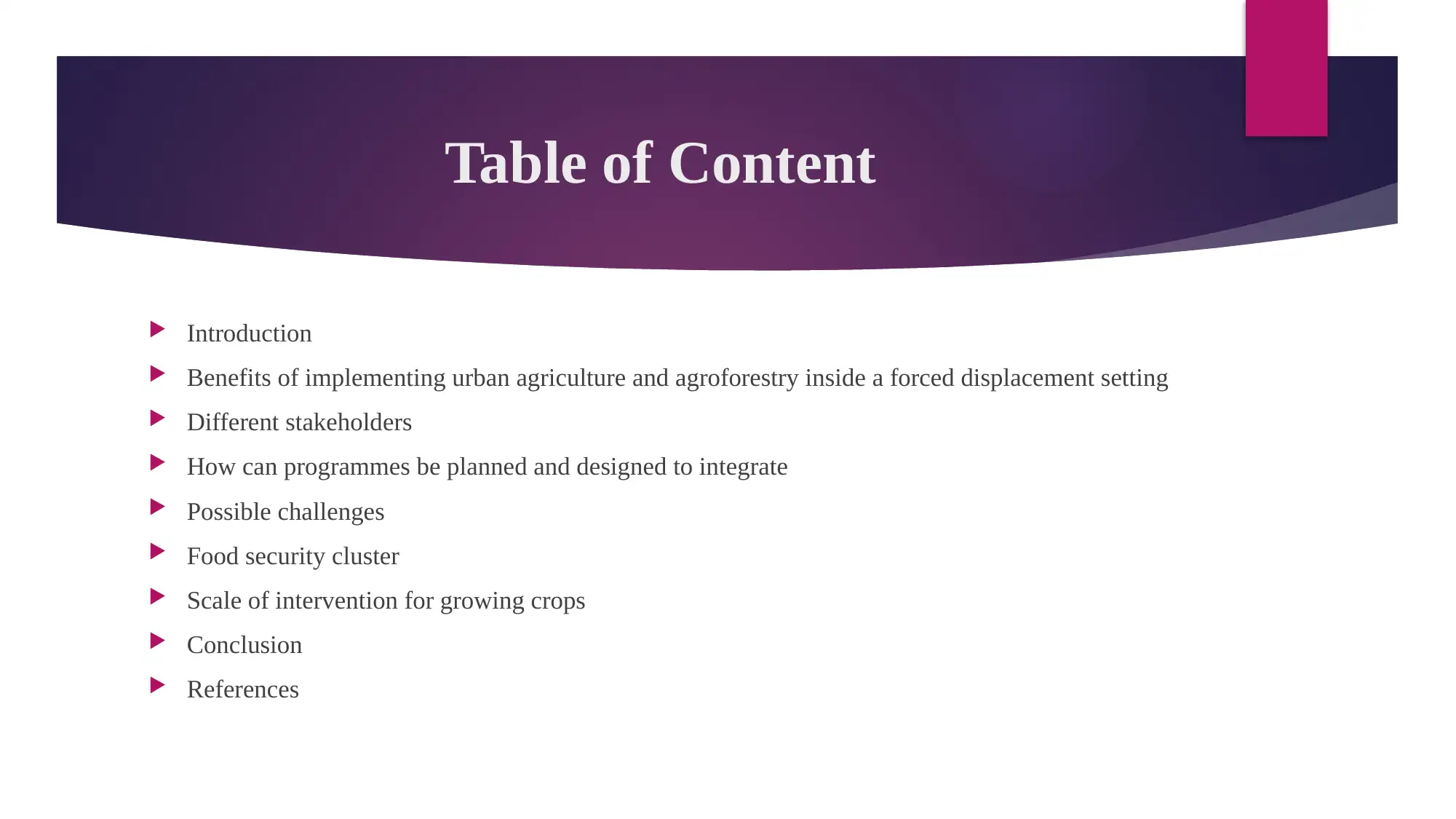
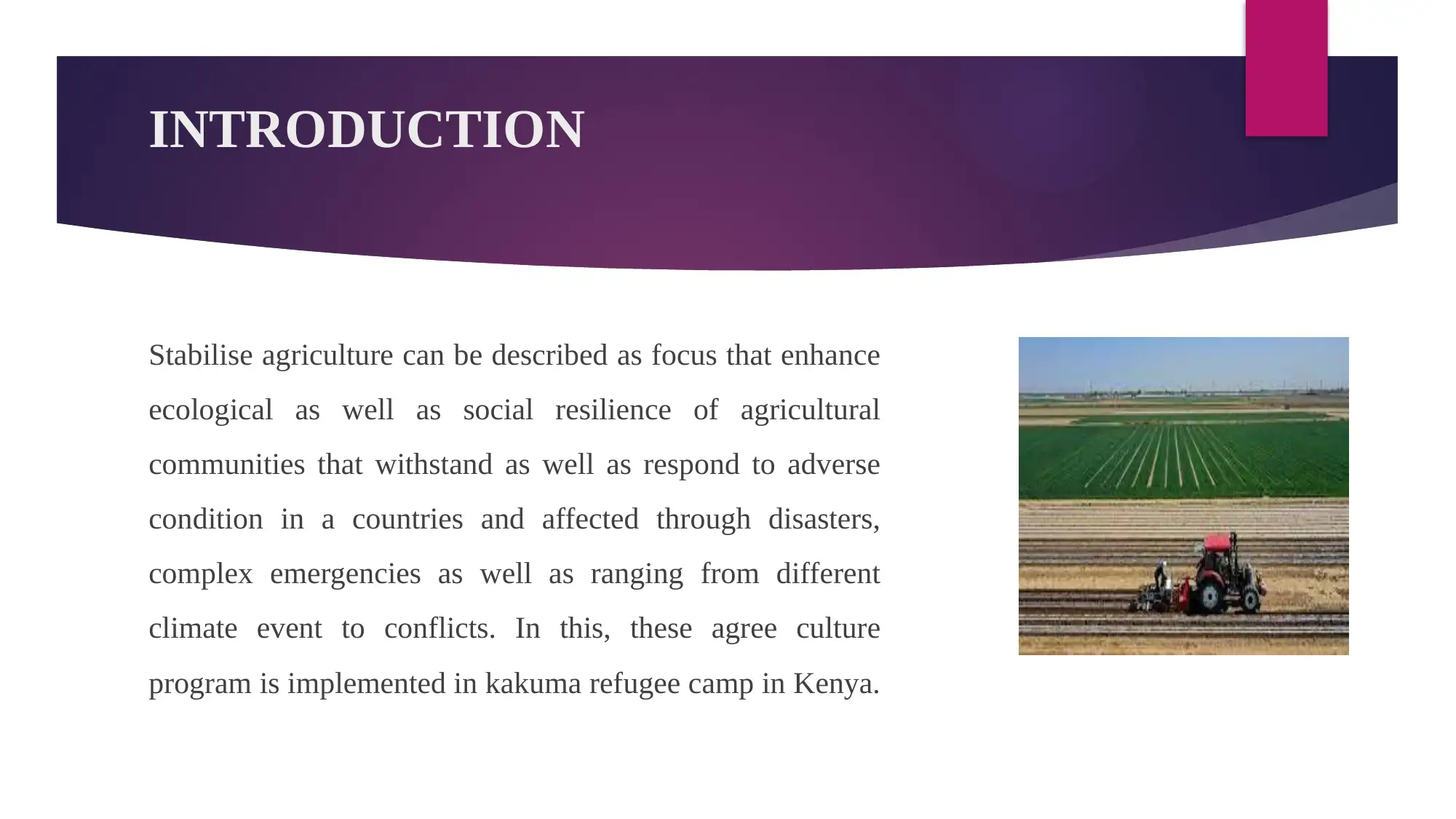




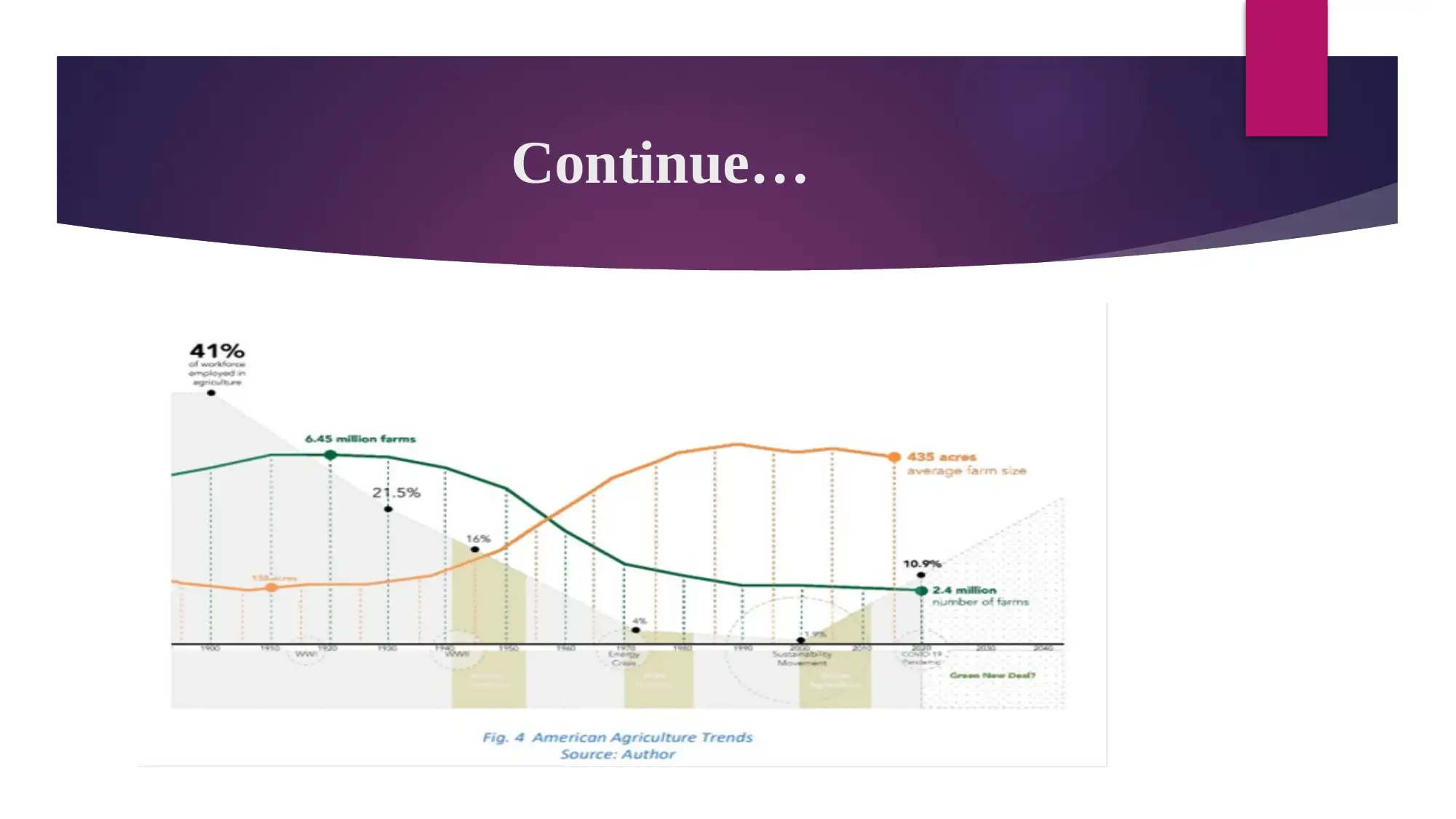
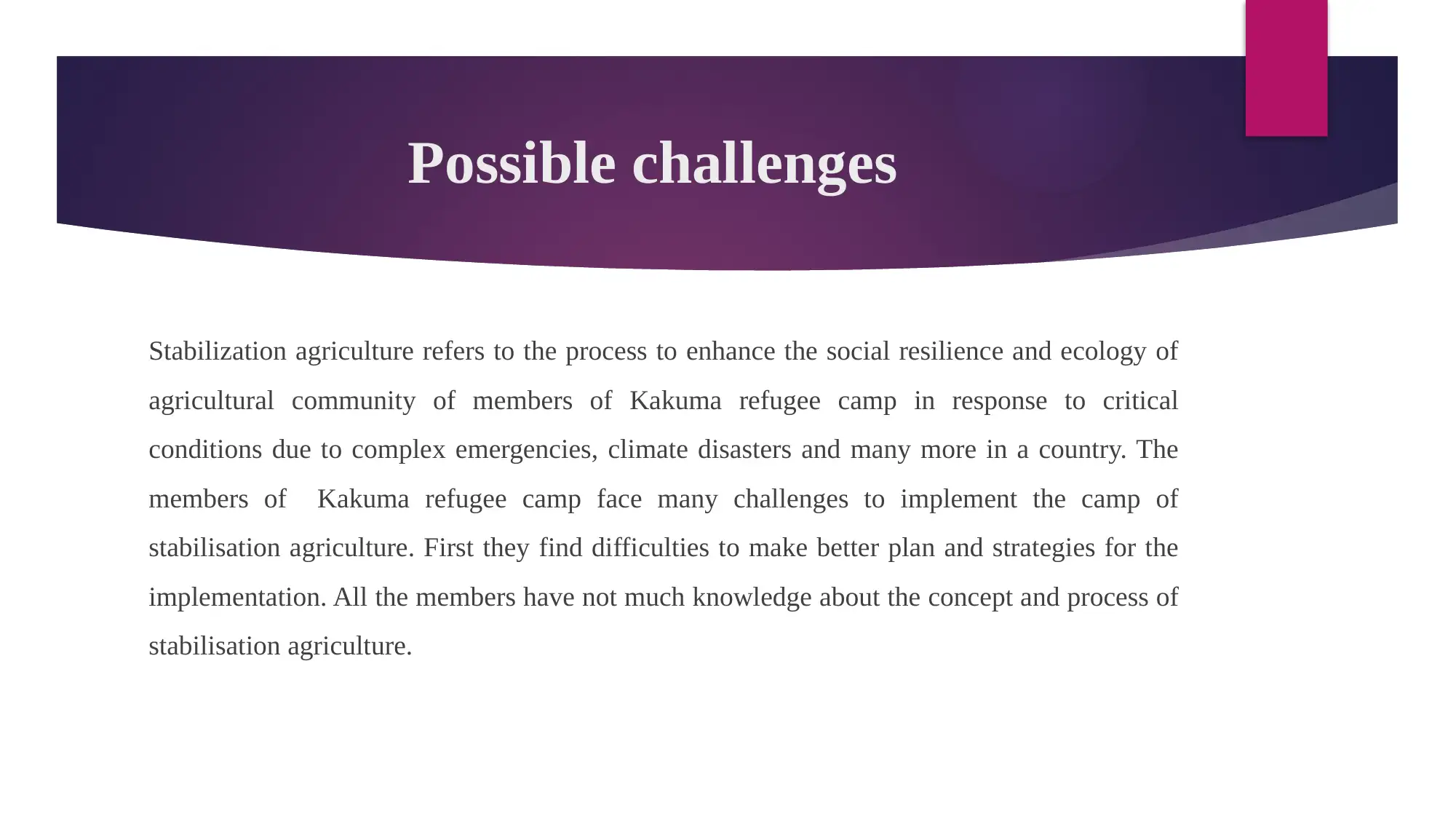
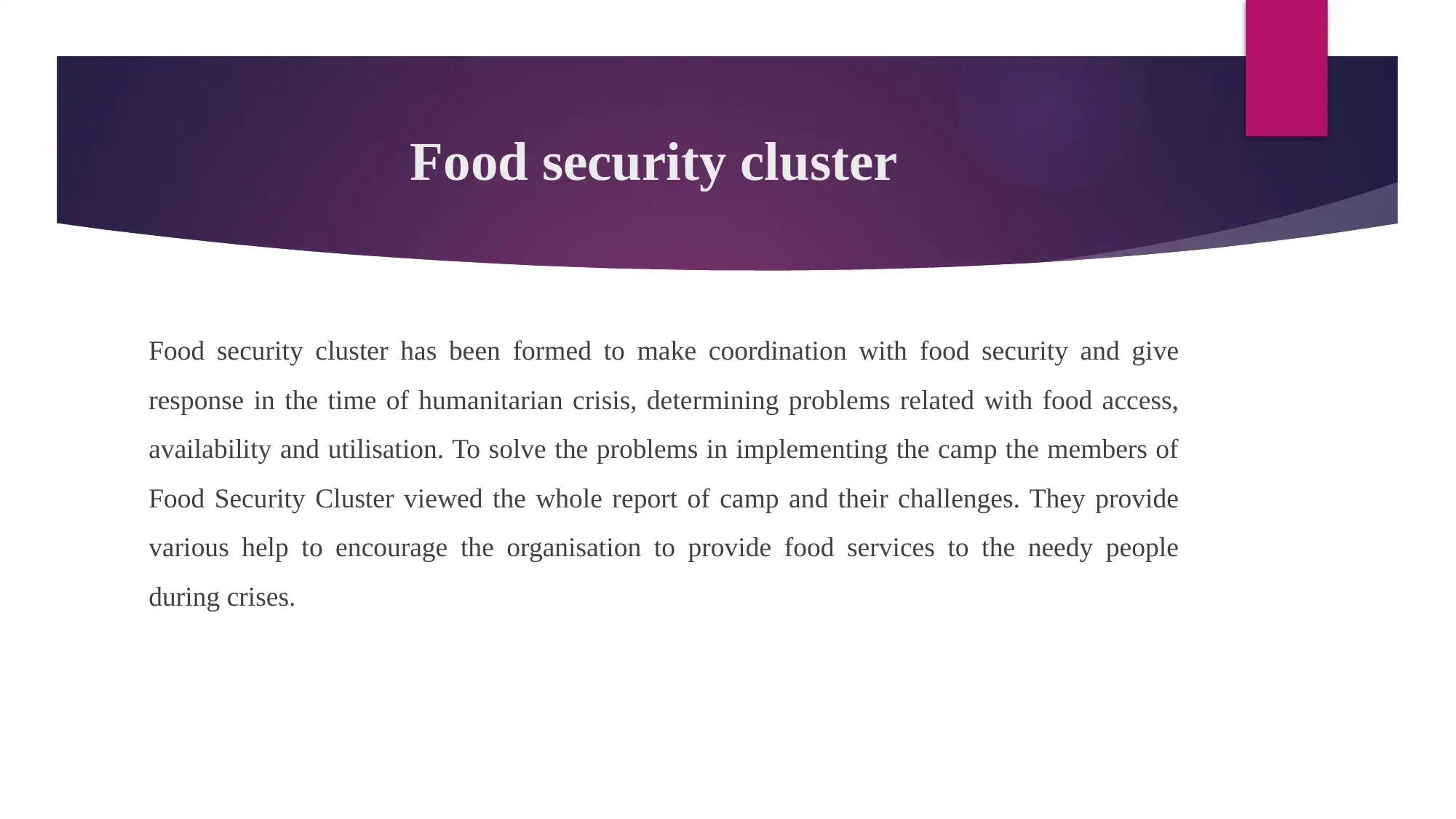
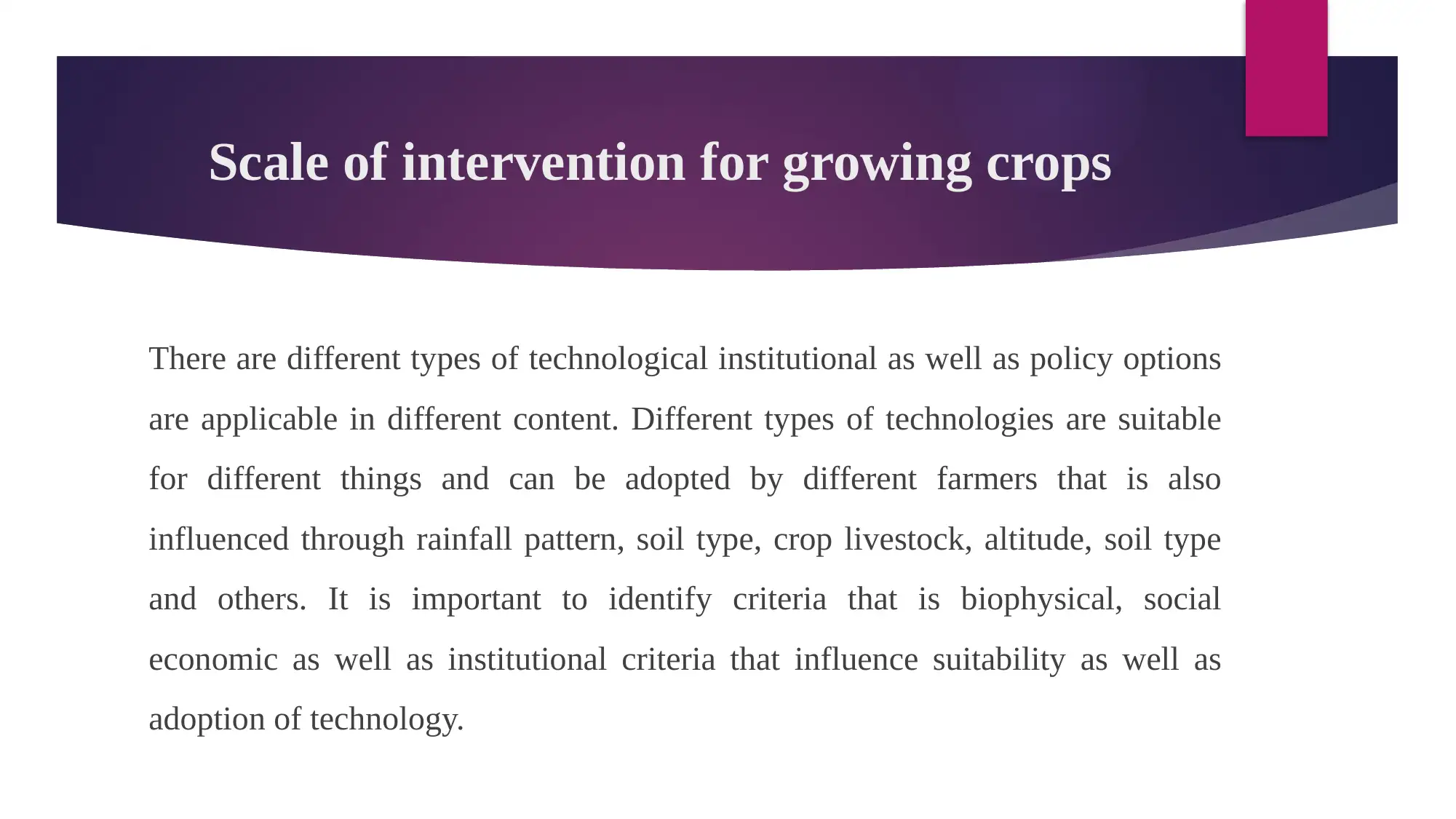
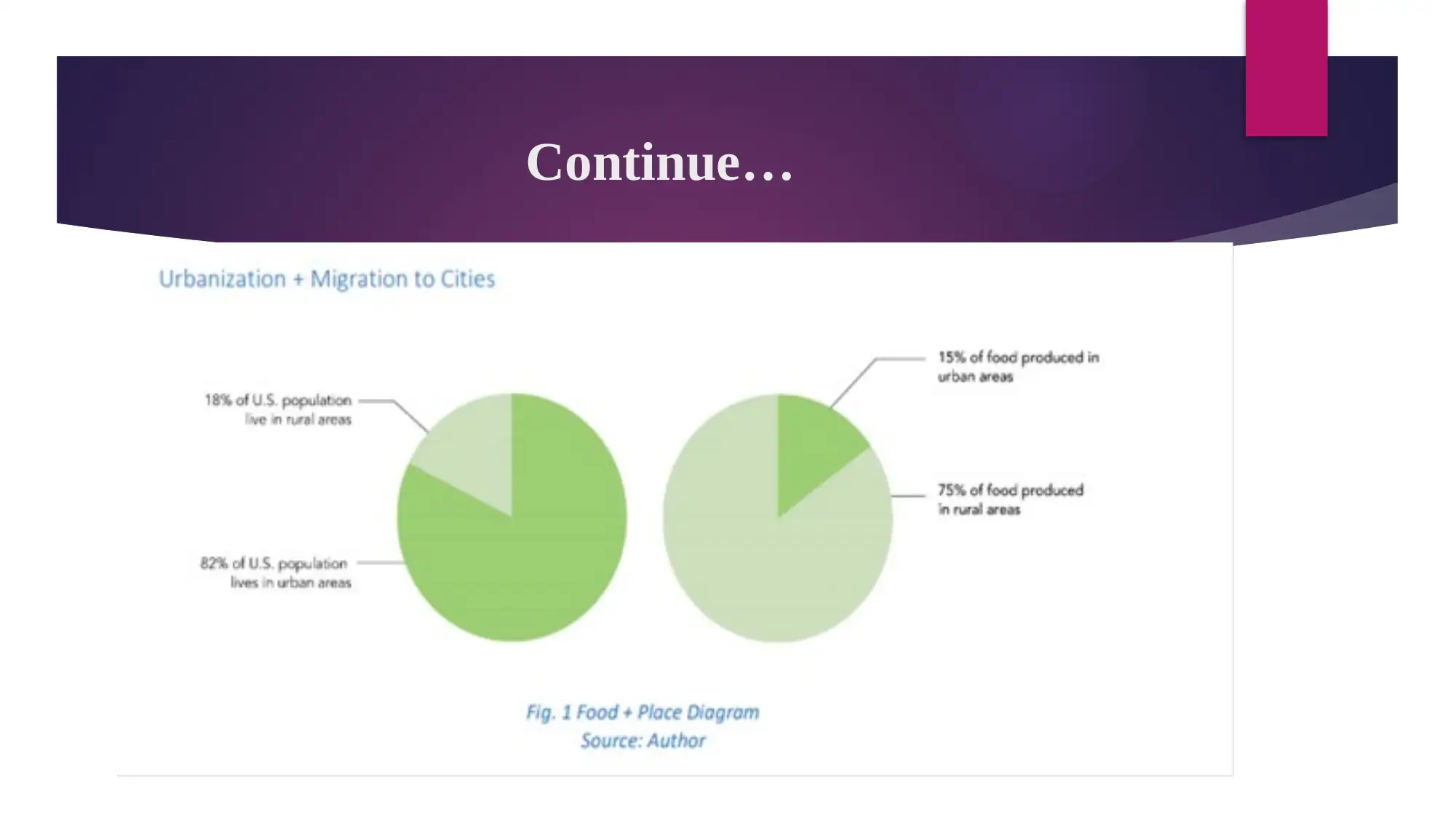
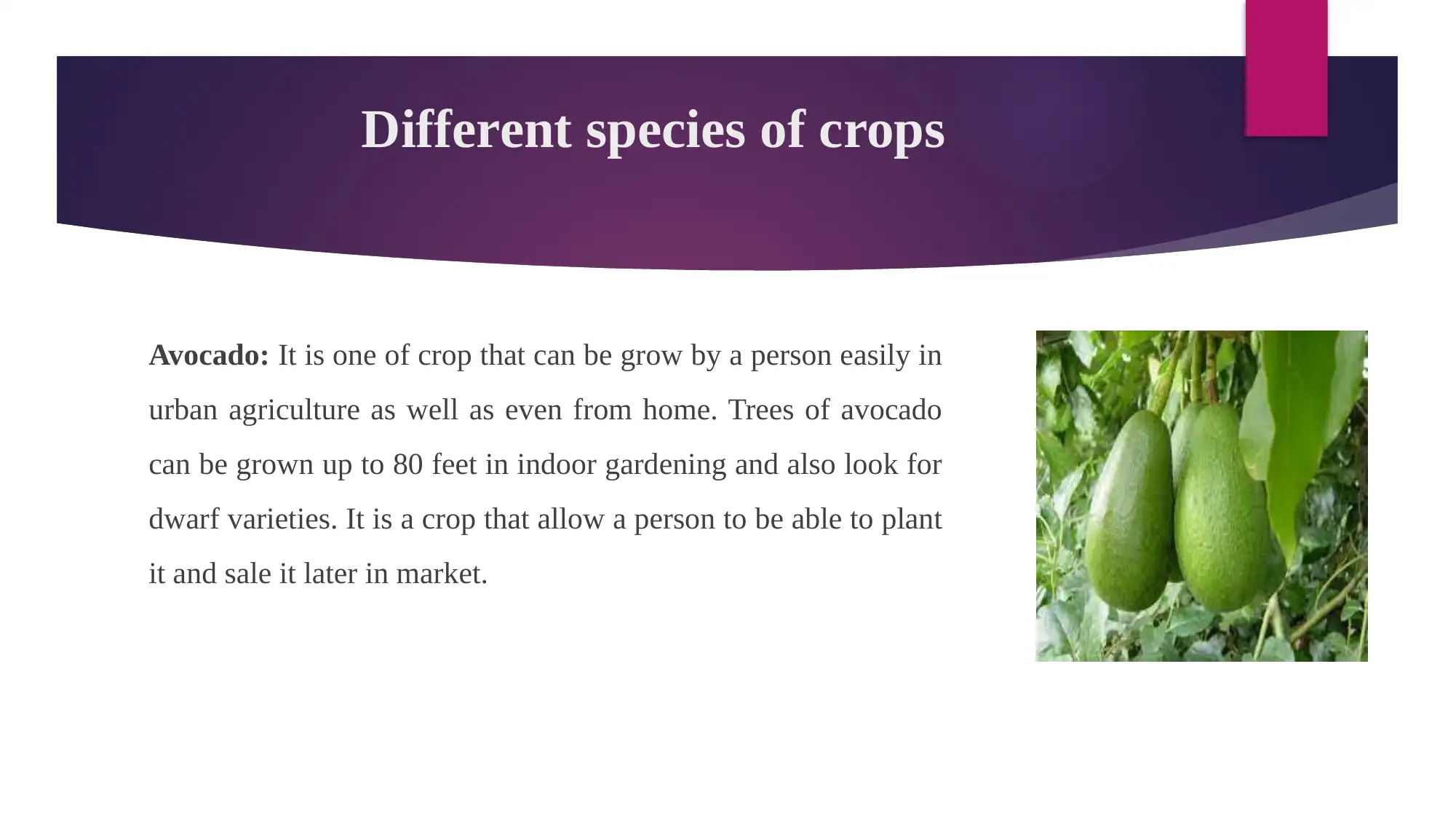
![[object Object]](/_next/static/media/star-bottom.7253800d.svg)